Queensland teachers go back to school 22 January in 2024, which means you’ll just be getting into the swing of things when Australia Day rolls around on 26 January. Are you unsure how to handle this public holiday in your primary classroom in this day and age?
You’re certainly not alone. While some teachers have already sorted their flag-inspired craft activity and even have plans to set up a lamington stall during big lunch to raise money for endangered wildlife, others are refocusing their lessons to discuss the impacts of colonisation on First Nations peoples and still other teachers are bypassing mention of Australia Day at all.
While we certainly cannot tell you the best way to mark Australia Day in your classroom, the teachers on the TeachStarter team think it’s important to consider how you will represent Australia Day to the students in your care.
Just as we have carefully and consciously focused on the creation of teaching resources that support the Aboriginal and Torres Strait Islander Histories and Cultures priority, we wanted to provide a few tips to help you decide how you will discuss the anniversary of the arrival of the British fleet and the raising of the Union Jack at Sydney Cove.
Australia Day provides a unique opportunity for our students to make authentic, real-world connections and to draw lines between what they read, learn, discuss and think about inside their classroom and what they see, hear and do outside of school.
Read on for some topics to explore with kids on Australia Day and suggestions of books by First Nations authors to add to your classroom reading corner.
Australia Day in the Classroom
At this time of year, Australia Day is everywhere. On the television, on the cars we drive past and even at the supermarket! This makes this exactly the kind of context in which every teacher can (and should) embed Aboriginal and Torres Strait Islander perspectives into the Australia Day learning experiences they create.
This public holiday gives us an impetus for classroom discussions and activities about Australian history, culture and identity. It’s easy to steam ahead with a celebration of all things ‘green, gold, and sausage rolled,’ however, as teachers, it’s important to acknowledge our individual contributions to how our nation’s histories are told and to how our students come to identify what makes Australian culture ‘Australian.’
We must remember that the stories, ideas, and information we present our students with (or the stories, ideas and information we choose to omit — whether out of lack of knowledge, confidence or even fear) all shape our students’ understanding of 26 January, the history of this day and the amazingly multifaceted and multicultural society we live in today.
For this Australia Day, and every Australia Day thereafter, here are some tips, ideas, and perspectives on how to best engage your students in learning about Australia Day:
- Present all of the facts about the history of Australia Day.
- Avoid making judgment statements about what Australia Day is or is not.
- Use supporting resources that are balanced in their representations.
- Allow your students to form their own opinions based on what they learn.
Topics to Explore With Kids on Australia Day
So, how do you do that? Here are some topics that you might raise in your classroom discussions.
1. What is Australia Day about?
Teaching your students the meaning of Australia Day doesn’t need to be complicated. Present your students with facts about all of the different elements that feed into the story of Australia Day, and help them form their own views on what the day means to them.
- Talk to your students about why Australia Day is held on 26 January. Help them to understand that the date was selected as it marks the day the British First Fleet landed in Sydney Cove in 1788.
- Discuss what the arrival of the First Fleet meant for Aboriginal and Torres Strait Islander peoples. Acknowledge that January 26 also marks the beginning of the British colonisation of Aboriginal and Torres Strait Islander societies, which led to the loss of First Nation sovereignty and loss of families, languages, and cultures.
- Explain that for these reasons Australia Day is sometimes called Invasion Day (in reference to the arrival of the British) or Survival Day (in celebration of the ongoing histories, languages, and cultures of Aboriginal and Torres Strait Islander peoples).
- Help your students to understand that this is why Australia Day means different things to different people.
Relevant Resources: You could also use this Australia Day cloze activity to aid in these discussions.
2. How do people celebrate or commemorate Australia Day?
When your students understand that there are many different perspectives on Australia Day, they will be better able to understand the huge variety of celebrations and events that take place on the day.
- Explore all of the ways in which Australia Day is celebrated around the nation. Australia Day events, such as citizenship ceremonies and the Australian of the Year Awards, are fantastic ways to engage students with the ideas of civics and citizenship.
- Discuss why some people may choose not to celebrate Australia Day in these ways and may instead attend an Invasion Day or Survival Day event.
- Turn this into a real connection for your students by finding out what events are happening on the 26th in your local community.
Relevant Resource: This 2-page Australia Day Fact Sheet explores the many and varied ways that Australia Day is celebrated and commemorated around the nation.
‘Our Australia Day’ Activity Idea
Create a display board or collage with pictures, artworks, and words that represent the way that each of the students in your class will celebrate or commemorate Australia Day.
3. What is Australian culture?
Explore how rich and diverse Australian culture is, given that our nation is made up of people who have migrated here from all over the world, as well as Aboriginal and Torres Strait Islander peoples and people of British descent.
- Talk about the many and varied foods, religions, lifestyles, recreational practices, and traditions that happen in your students’ lives and around Australia every day!
- Don’t reduce Australian culture to common stereotypes that do not reflect the true diversity of 21st-century Australia.
4. What does Australia Day mean to me?
One of the most important questions you can pose to your students is ‘What does Australia Day mean to you?’ When you’ve explored the stories and histories, the celebrations and commemorations, ask your students to consider what part of Australia Day resonates the most with them.
This What Australia Day Means to Me worksheet is open-ended, so you can allow your students to use it in any way you see fit!
- You could ask students to write a reflection on what they have learned about Australia Day and how that affects what the day means to them.
- Students could write an acrostic poem using the letters from ‘Australia Day,’ ‘Survival Day’ or ‘Invasion Day’ if that aligns with their thoughts and understandings of the day.
Bottom Line
If you are going to explore Australia Day with your students in a 21st-century classroom, bring balanced facts, stories, and ideas with you. Find resources that support you in presenting your students with all they need to understand what Australia Day can mean to everyone in our nation. Help your students form their own ideas, understandings, and opinions about celebration, commemoration, and all that makes Australia the place we love to call home.


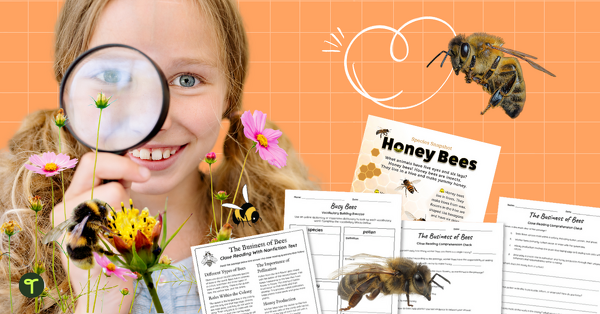
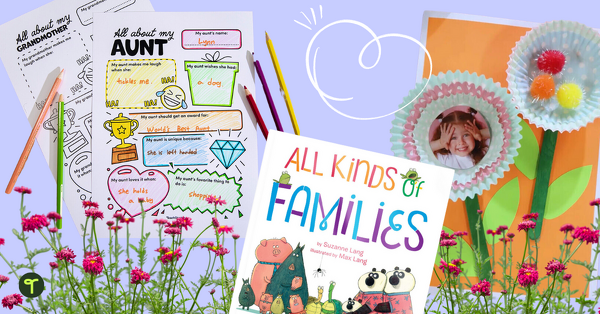
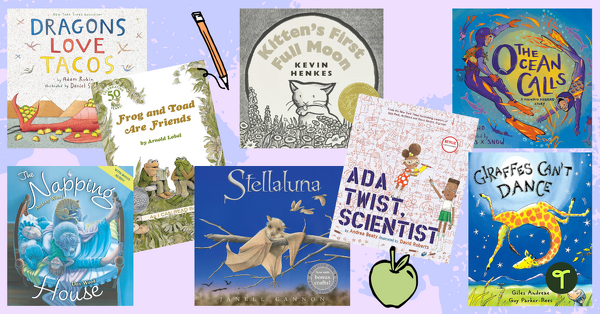
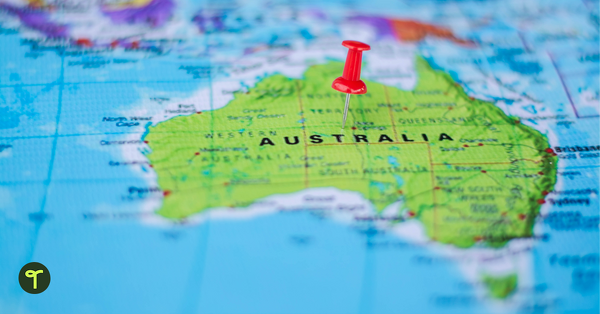
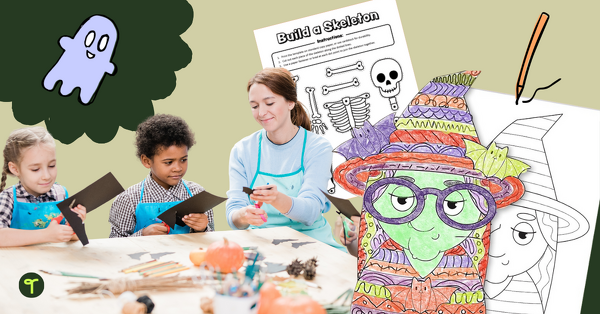
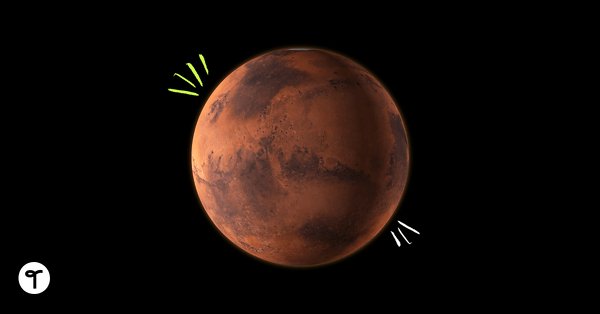
Comments